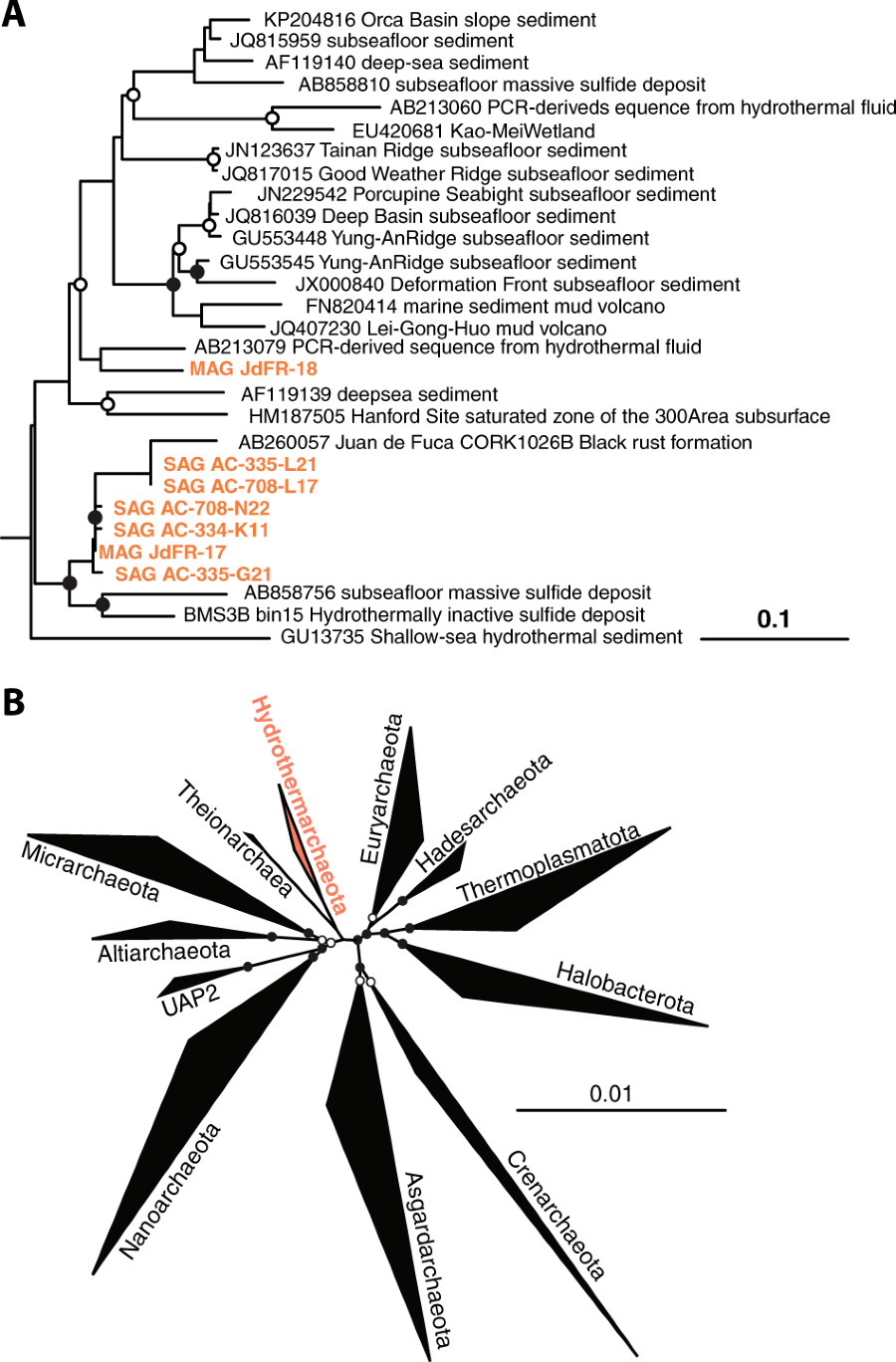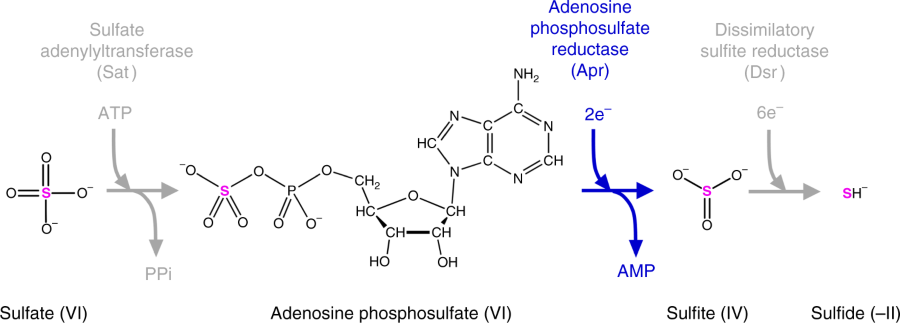No dia 5 de novembro de 1981, Patterson deu uma palestra para o Grupo de Discussão de Sistemática no Museu Americano de História Natural, Nova York:
"It's true that for the last eighteen months or so, I've been kicking around non-evolutionary or even anti-evolutionary ideas. I think always before in my life, when I've got up to speak on a subject, I've been confident of one thing – that I know more about it than anybody in the room, because I've worked on it.
Well, this time that isn't true. I'm speaking on two subjects, evolutionism and creationism, and I believe it's true to say that I know nothing whatever about either of them. One or the reasons I started taking this anti-evolutionary view, or let's call it non-evolutionary, was last year I had a sudden realization that for over twenty years I had thought that I was working on evolution in some way. Then one morning I woke up, and something had happened in the night, and it struck me that I had been working on this stuff for twenty years, and there was not one thing I knew about it. That's quite a shock, to learn that one can be so misled for so long.
So either there was something wrong with me, or there was something wrong with evolutionary theory. Naturally, I know there is nothing wrong with me, so for the last few weeks, I've tried putting a simple question to various people and groups of people.
The question is: Can you tell me anything you know about evolution, any one thing, any one thing that is true? I tried that question on the geology staff in the Field Museum of Natural History, and the only answer I got was silence. I tried it on the members of the Evolutionary Morphology Seminar at the University of Chicago, a very prestigious body of evolutionists, and all I got there was silence for a long time, and then eventually one person said, "Yes, I do know one thing. It ought not to be taught in high school.” [laughter]"






















